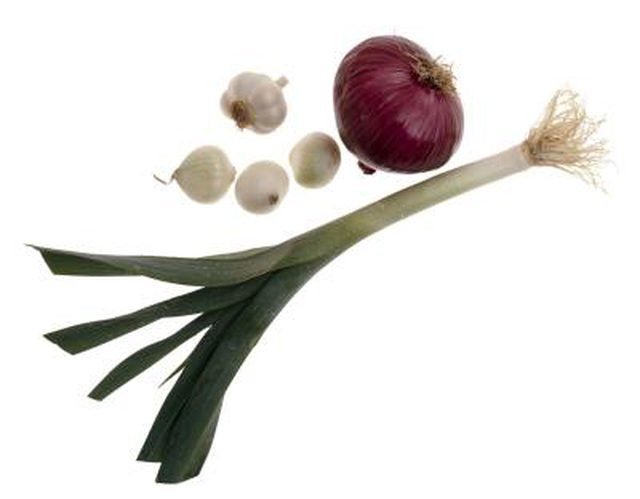Bulbs
Flower Basics
Flower Beds & Specialty Gardens
Flower Garden
Garden Furniture
Garden Gnomes
Garden Seeds
Garden Sheds
Garden Statues
Garden Tools & Supplies
Gardening Basics
Green & Organic
Groundcovers & Vines
Growing Annuals
Growing Basil
Growing Beans
Growing Berries
Growing Blueberries
Growing Cactus
Growing Corn
Growing Cotton
Growing Edibles
Growing Flowers
Growing Garlic
Growing Grapes
Growing Grass
Growing Herbs
Growing Jasmine
Growing Mint
Growing Mushrooms
Orchids
Growing Peanuts
Growing Perennials
Growing Plants
Growing Rosemary
Growing Roses
Growing Strawberries
Growing Sunflowers
Growing Thyme
Growing Tomatoes
Growing Tulips
Growing Vegetables
Herb Basics
Herb Garden
Indoor Growing
Landscaping Basics
Landscaping Patios
Landscaping Plants
Landscaping Shrubs
Landscaping Trees
Landscaping Walks & Pathways
Lawn Basics
Lawn Maintenance
Lawn Mowers
Lawn Ornaments
Lawn Planting
Lawn Tools
Outdoor Growing
Overall Landscape Planning
Pests, Weeds & Problems
Plant Basics
Rock Garden
Rose Garden
Shrubs
Soil
Specialty Gardens
Trees
Vegetable Garden
Yard Maintenance
How to Grow Pearl Onions
How to Grow Pearl Onions. The small onions used for pickling or stews are called pearl onions (Allium ampeloprasum). Most reach no larger than an inch in diameter. They have thin skins and a mild, sweet flavor. These small onions require much the same care as standard onion bulbs, but they mature earlier and take up less space in the garden bed.

The small onions used for pickling or stews are called pearl onions (Allium ampeloprasum). Most reach no larger than an inch in diameter. They have thin skins and a mild, sweet flavor. These small onions require much the same care as standard onion bulbs, but they mature earlier and take up less space in the garden bed.
Things You'll Need
Seedling flat
Potting soil
Plastic bag
8-8-8 fertilizer
Spoon
21-0-0 fertilizer
Fill a seed starting flat with moistened potting mix. Sow the pearl onion seeds on the soil surface, spacing the seeds 1 inch apart in all directions. Cover the seeds with 1/4 inch of soil.
Cover the flat with a clear plastic bag. Set the flat in a 70 to 75 degree Fahrenheit location to germinate. Most onions sprout within 2 weeks of sowing.
Remove the plastic and relocate the flat to an area that receives bright sunlight. Water the potting soil when the surface begins to dry.
Transplant the pearl onions to a well-drained, full sun garden bed once the soil thins enough to work in late spring. In areas that don't experience frozen weather or extreme freezes, transplant outdoors in late January or early February.
Spread 1 cup of 8-8-8 fertilizer over every 50 square feet of garden bed 3 days before transplanting. Till the fertilizer into the top 6 inches of soil.
Scoop the pearl onion seedlings from the flat with a spoon, scooping out the root and the soil attached to the roots. Plant the seedling in the garden bed at the same depth it was at in the flat. Space pearl onions 1 1/2 inches apart in rows spaced 2 inches apart.
Supply the onion plants with approximately 1 inch of water a week from irrigation or rain. Pearl onions require soil that remains evenly moist without drying or becoming soggy.
Fertilize the pearl onions with 1/2 cup of 21-0-0 fertilizer per 50 square feet 4 weeks after transplanting. Sprinkle the fertilizer around the plants but not directly on top of them. Water the bed after application.
Harvest the onions after the foliage yellows and begins to fall over in midsummer. Loosen the soil between the onions rows then lift the pearl onions from the soil. Avoid digging directly in the row, as that may damage the pearl onion bulbs.
Tips & Warnings
Start pearl onions seeds indoors about 6 weeks before you plan to transplant them in the garden bed.